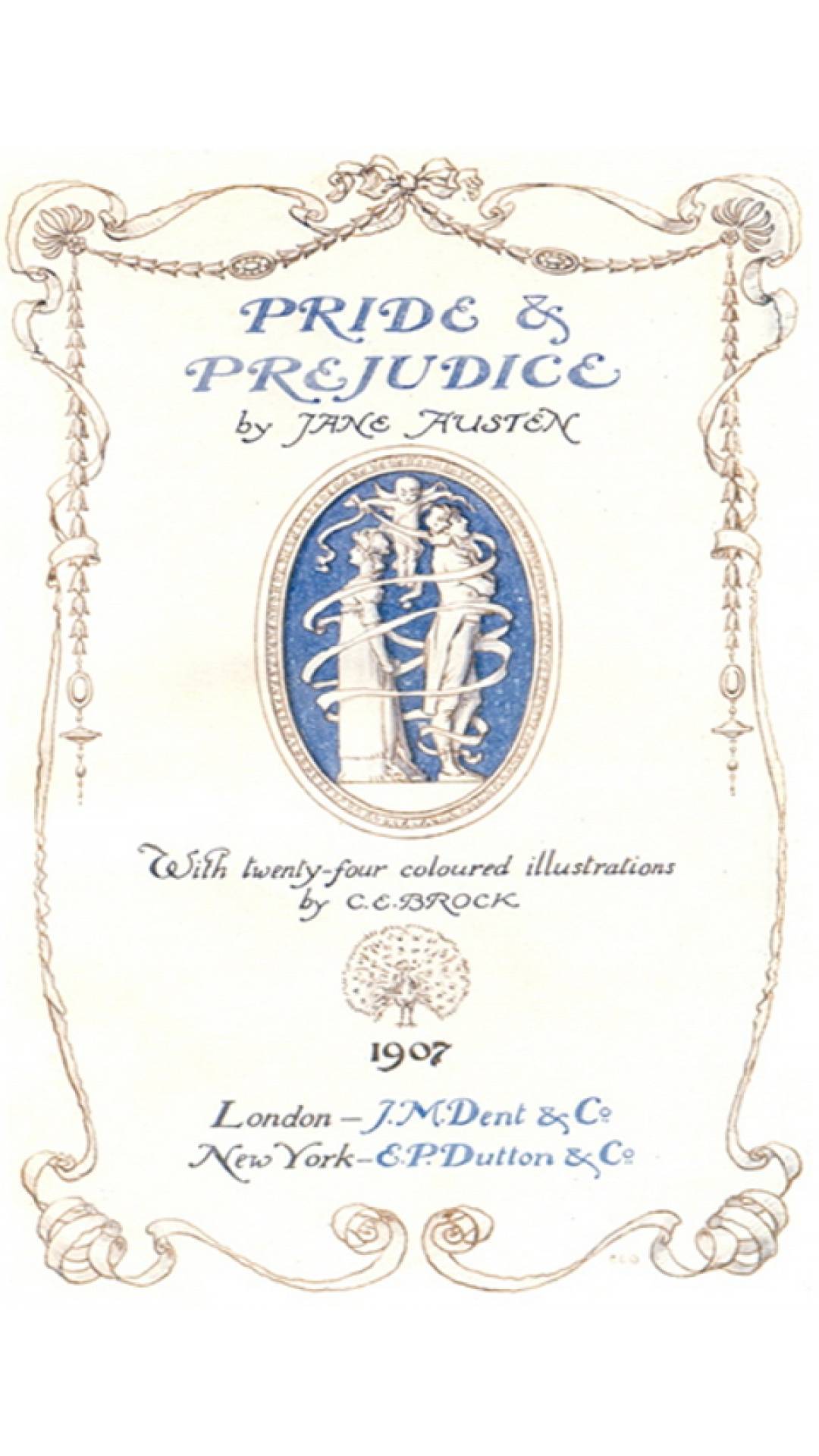Pride and Prejudice by Jane Austen
Introduction
Pride and Prejudice, written by Jane Austen in 1813, is one of the most celebrated novels in English literature. It tells the captivating story of Elizabeth Bennet and Mr. Darcy, whose relationship evolves amidst societal pressures, misunderstandings, and personal growth.
The Plot
The story is set in the English countryside and follows Elizabeth Bennet, the intelligent and spirited second daughter of the Bennet family. Elizabeth faces the challenges of 19th-century societal norms while dealing with issues of class, marriage, and morality. Her encounters with the enigmatic and wealthy Mr. Darcy are central to the narrative, offering a blend of romantic tension and profound personal transformation.
Key Themes
- Love and Relationships: The novel explores the complexities of love and marriage, contrasting superficial attractions with deep emotional connections.
- Social Class and Expectations: Austen critiques the rigid class structures of her time, showcasing how they shape individuals’ choices and relationships.
- Personal Growth: Both Elizabeth and Darcy undergo significant personal development, learning to overcome their initial judgments and flaws.
Why Read Pride and Prejudice?
Austen's masterful use of wit, humor, and keen observation makes Pride and Prejudice an enduring favorite. The novel's rich characters and relatable themes continue to resonate with readers, offering insights into human nature and societal dynamics.
Whether you’re a fan of romance, a lover of historical fiction, or someone interested in social commentary, Pride and Prejudice is a must-read that leaves a lasting impression.
Conclusion
With its timeless appeal, Pride and Prejudice remains a cornerstone of literary history. Jane Austen's brilliance in crafting a tale of love, humor, and humanity ensures its place as a beloved classic for generations to come.
